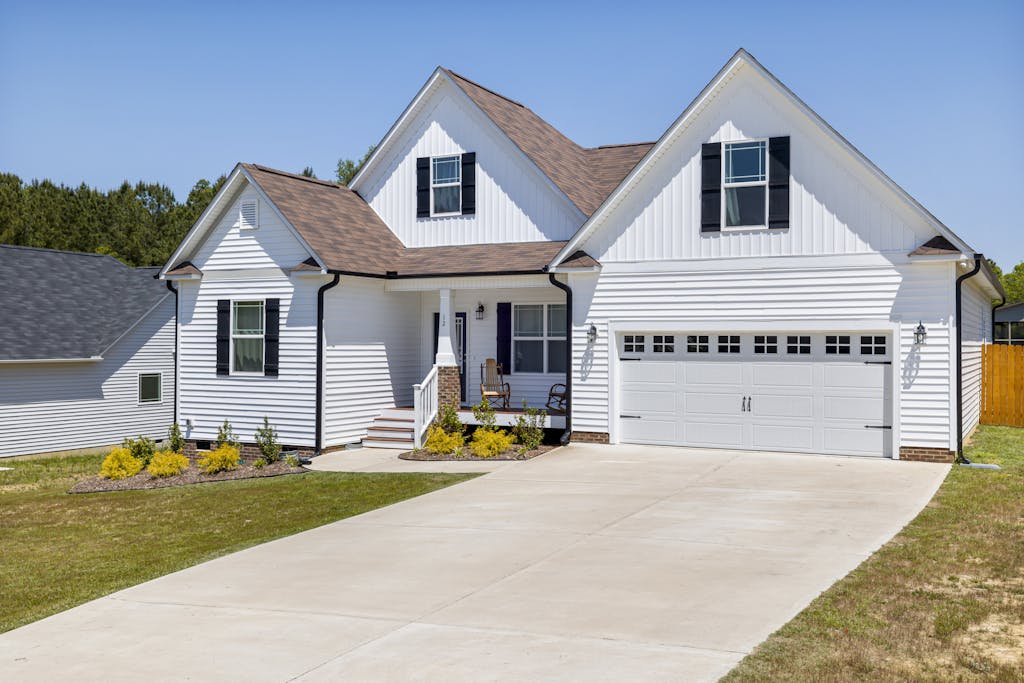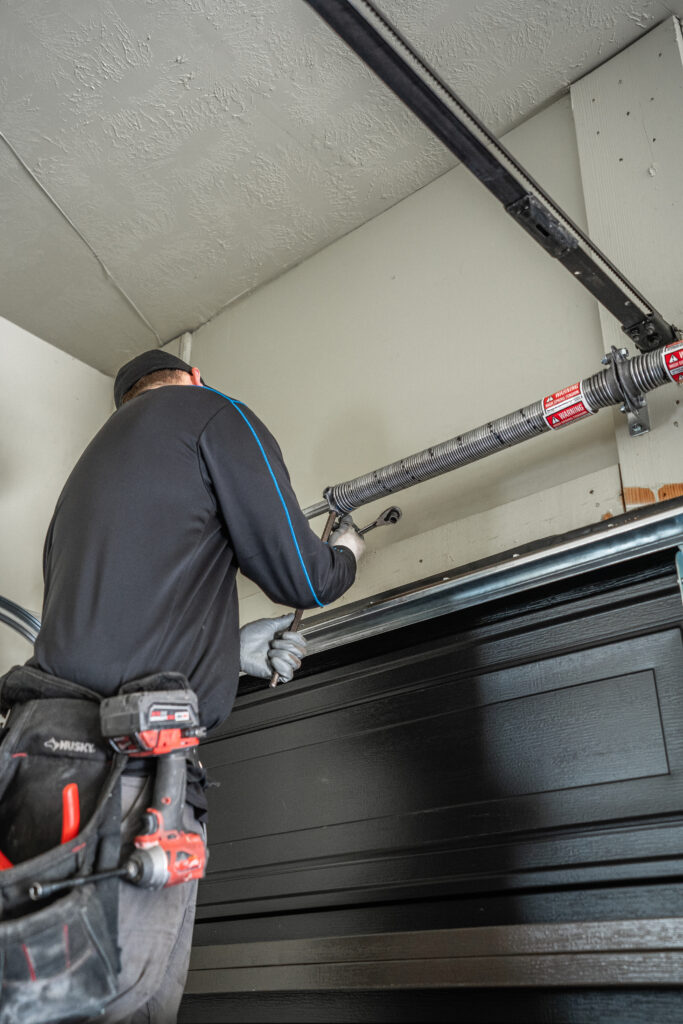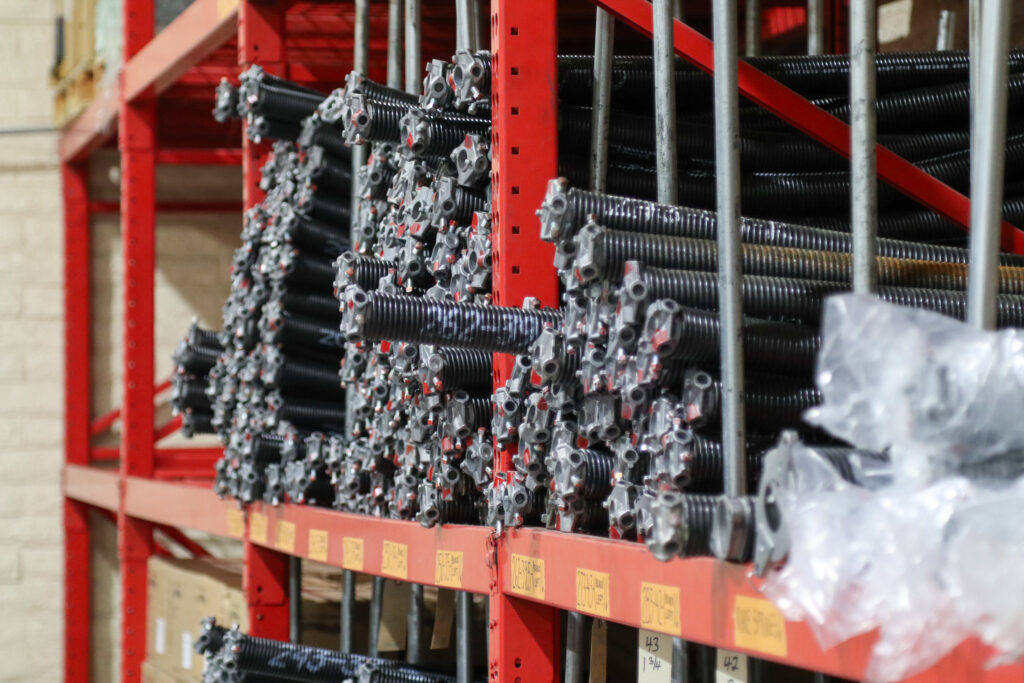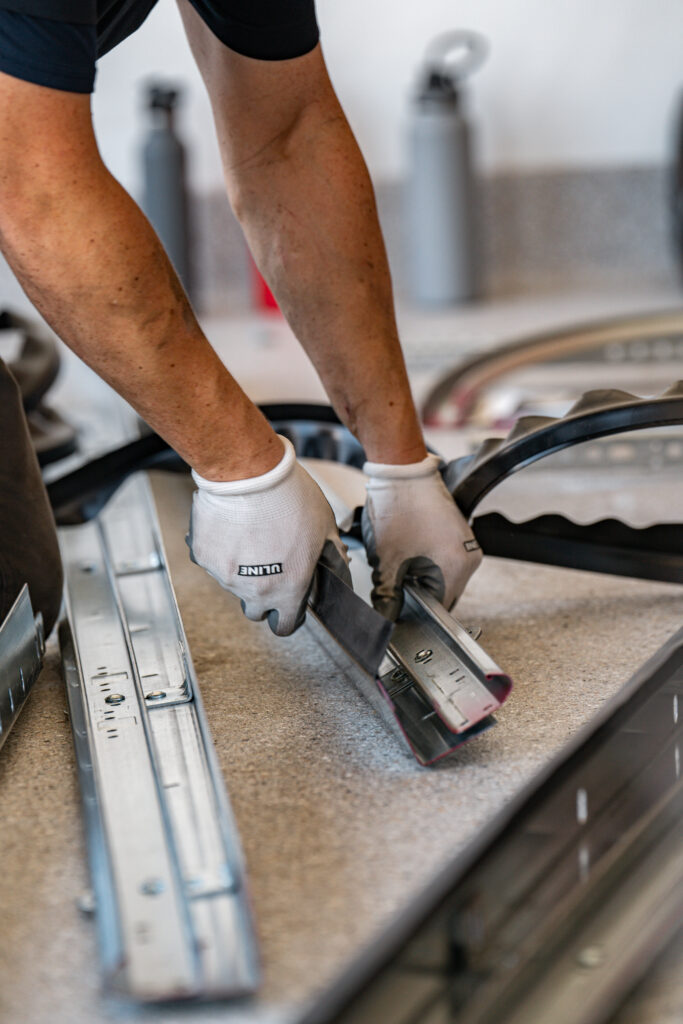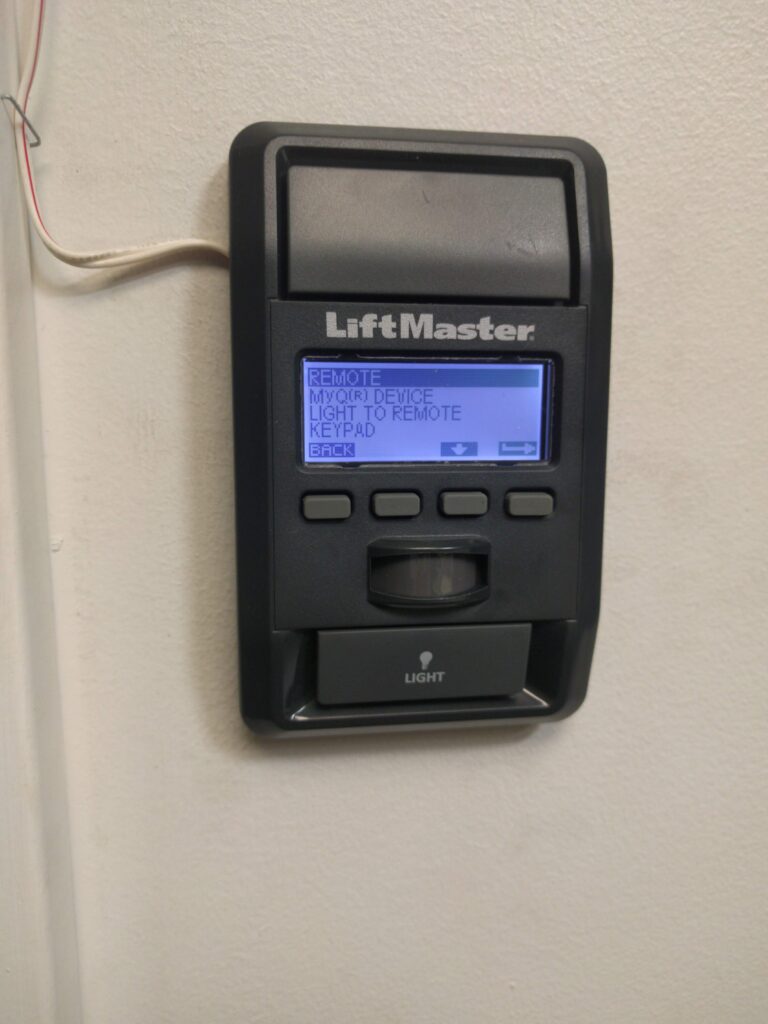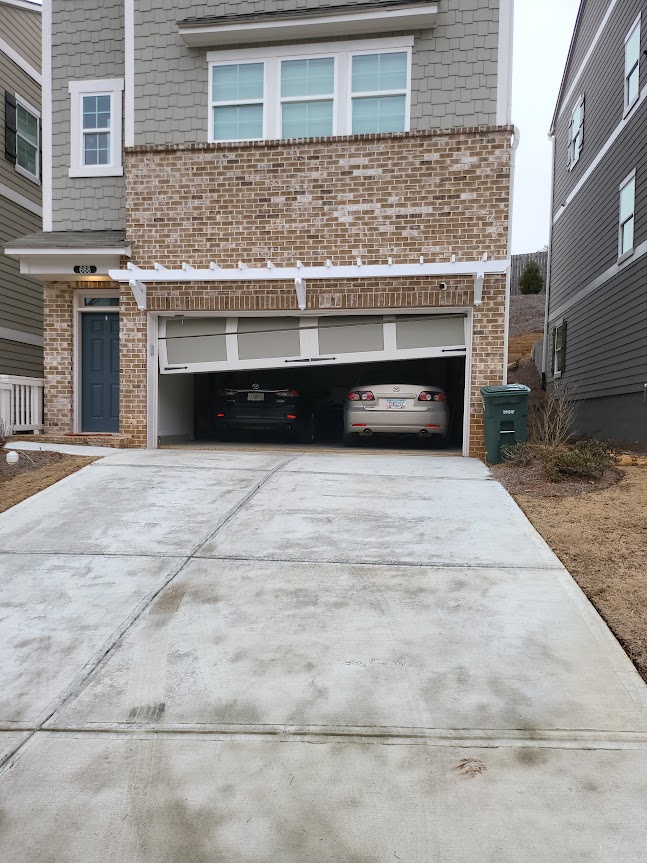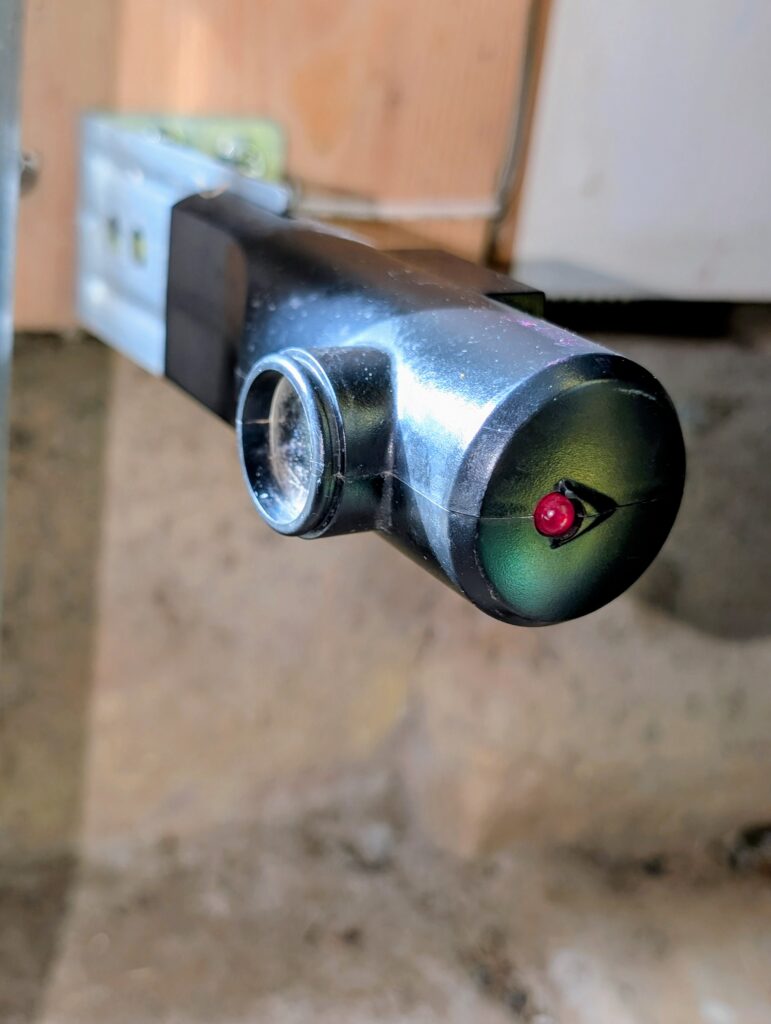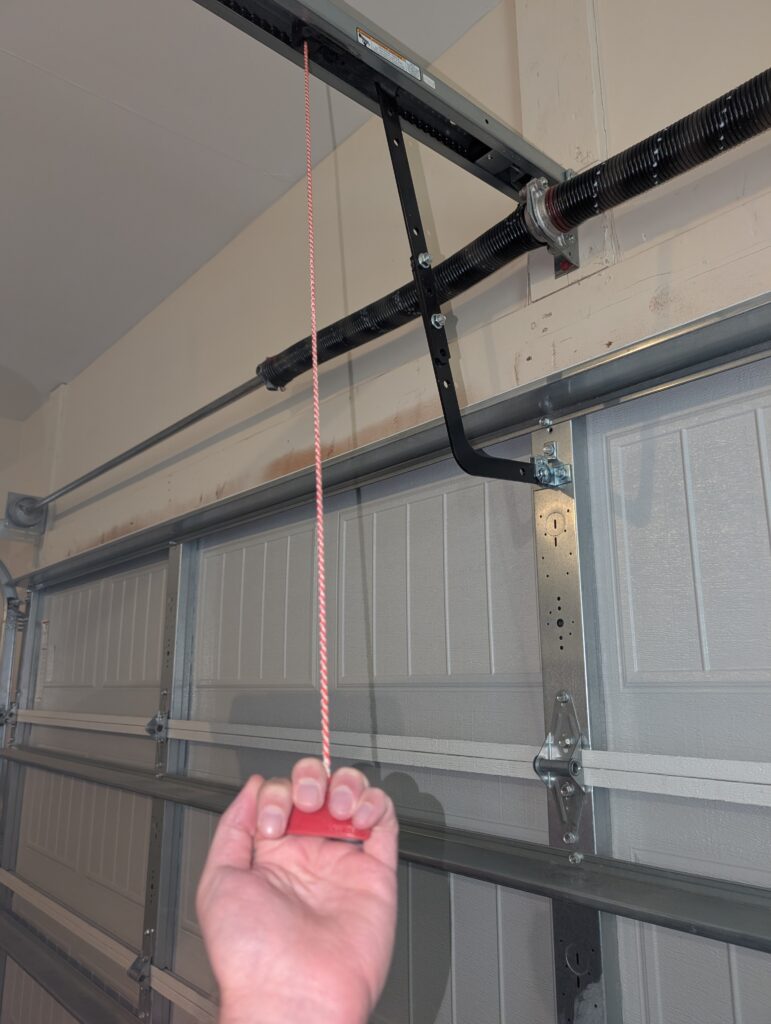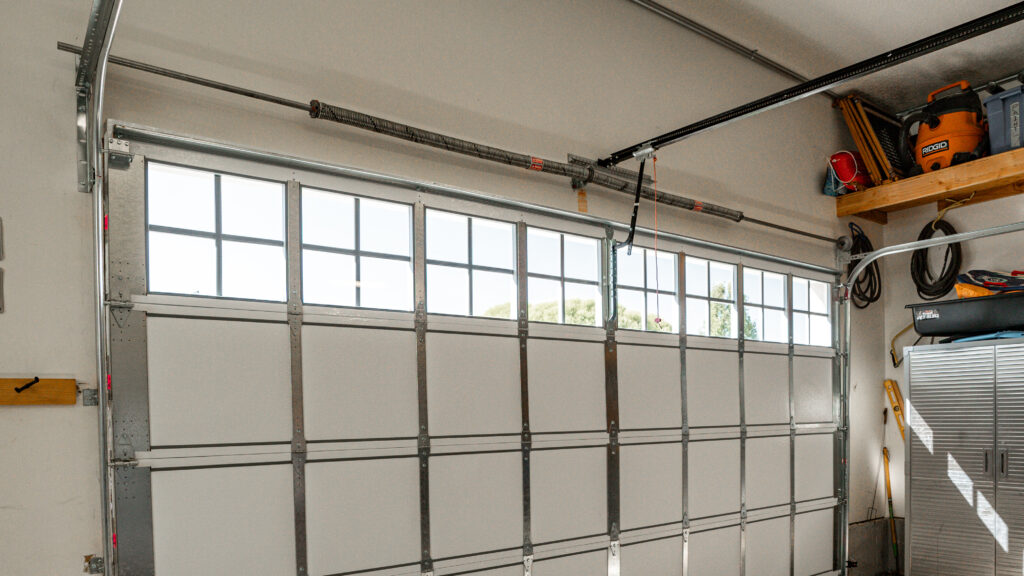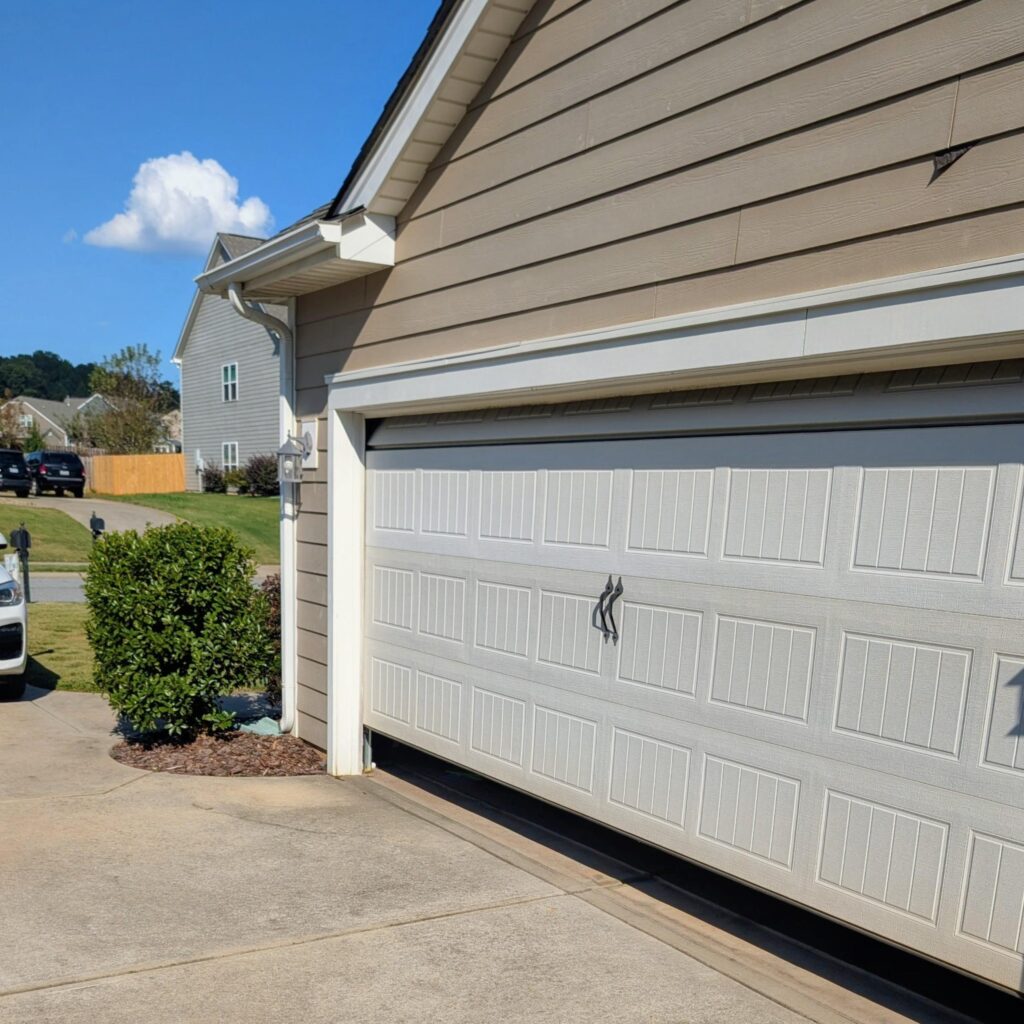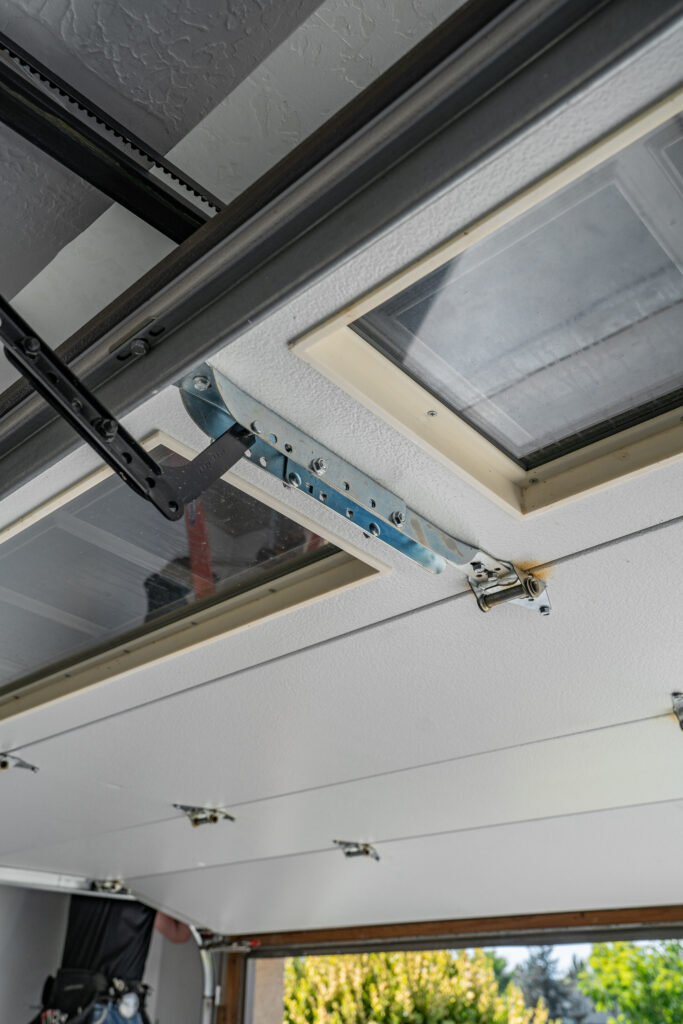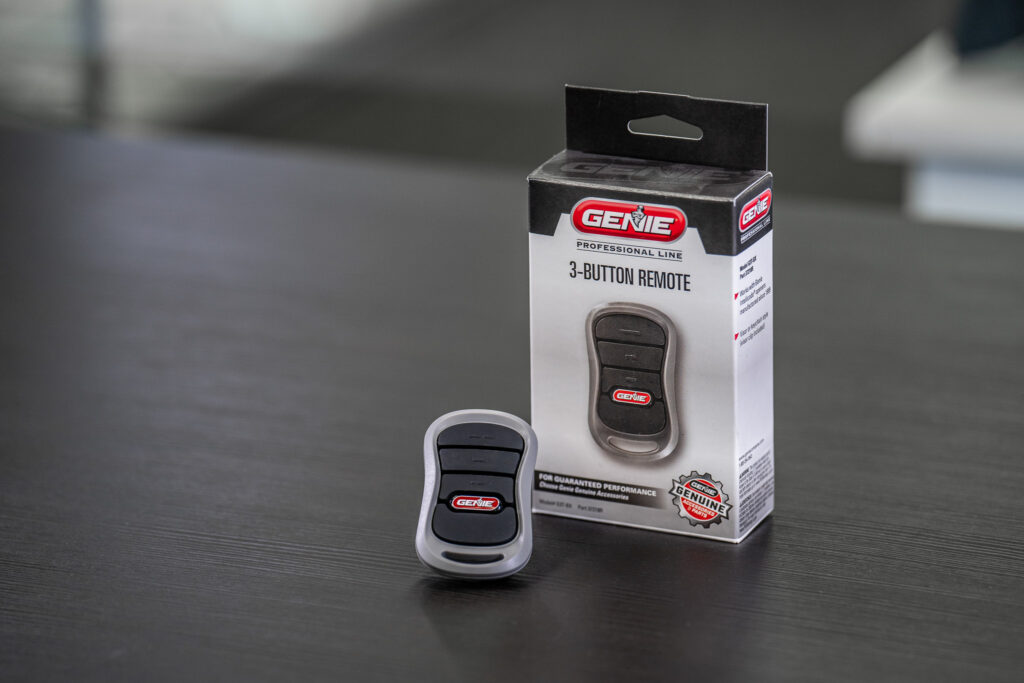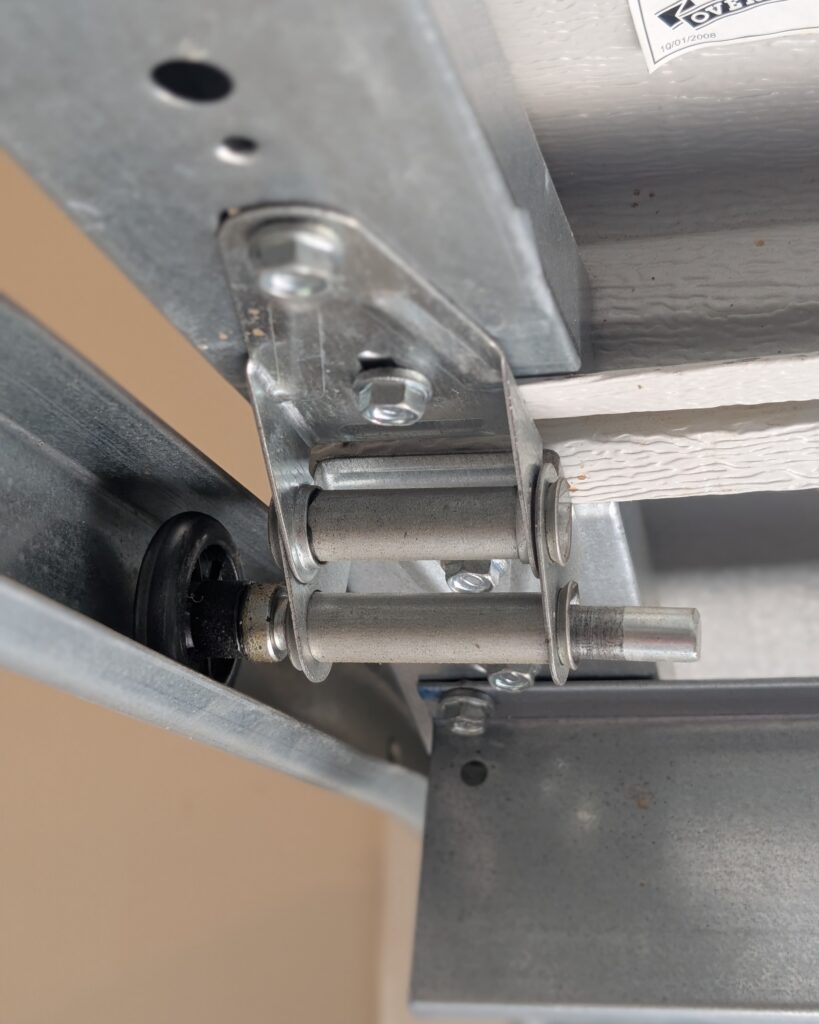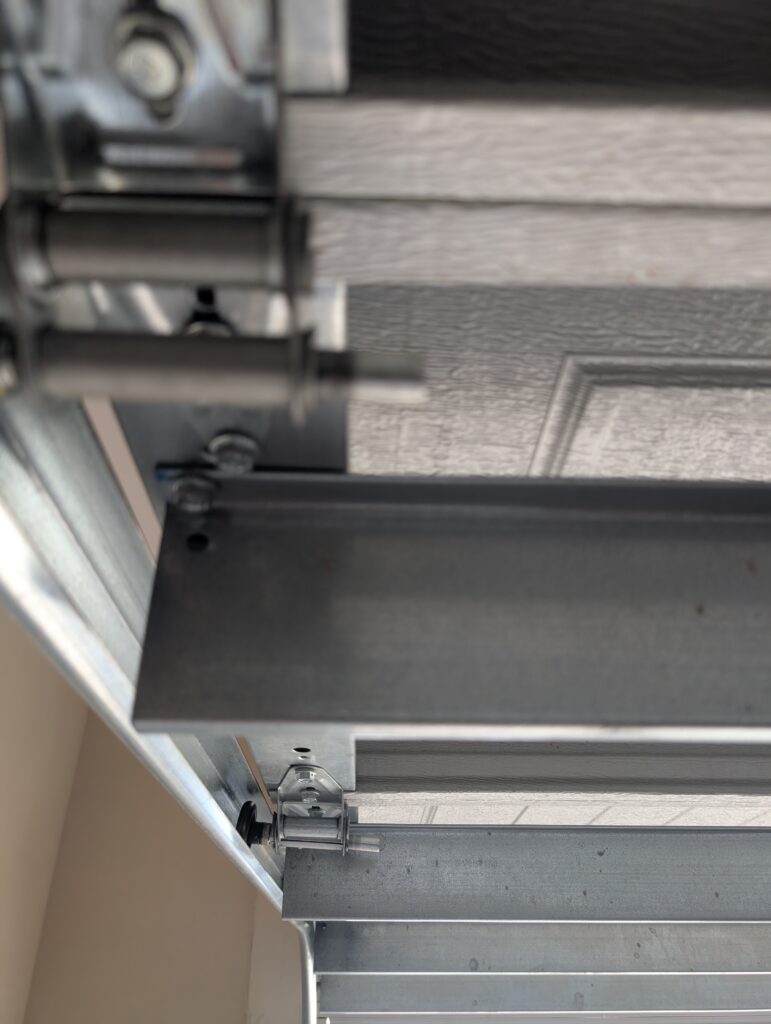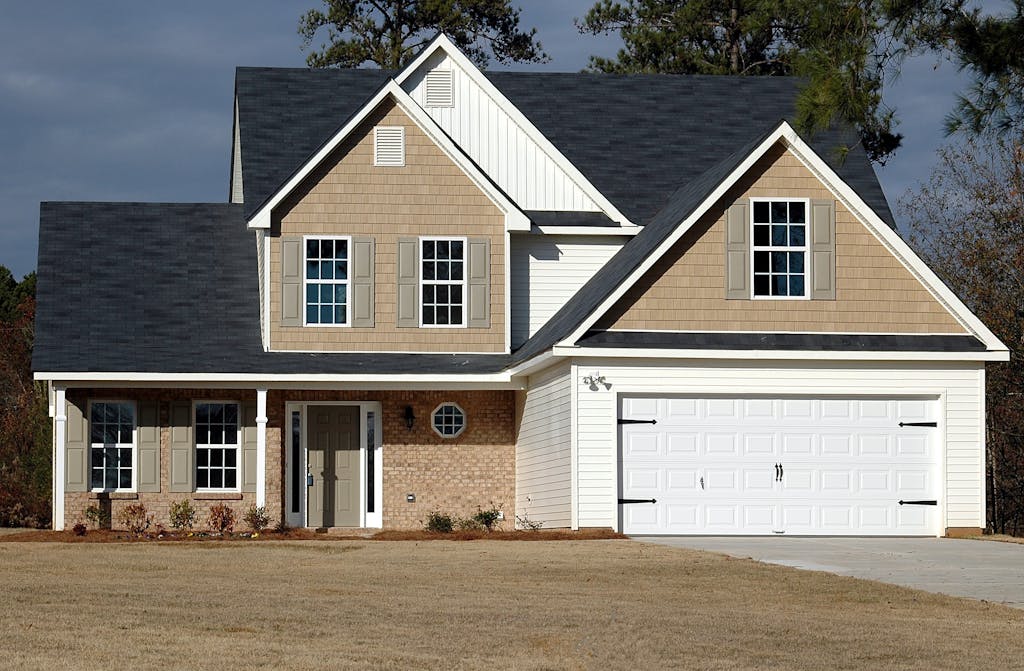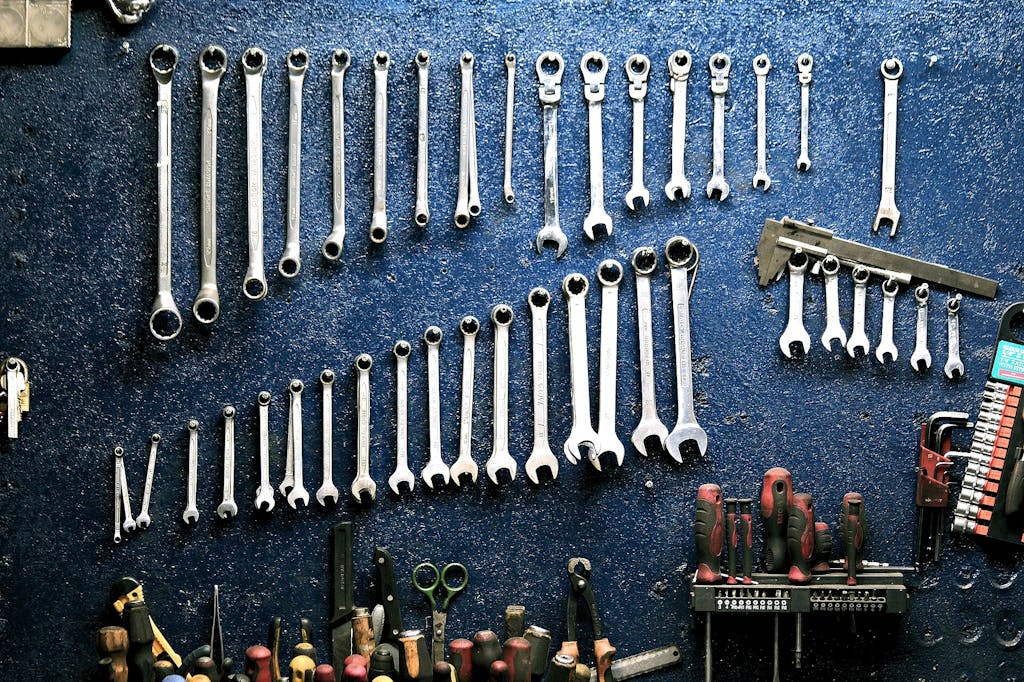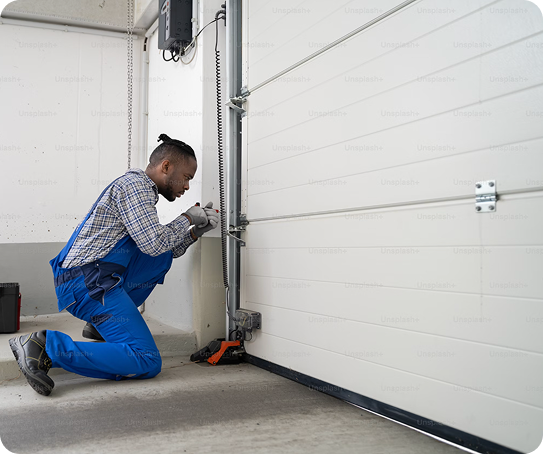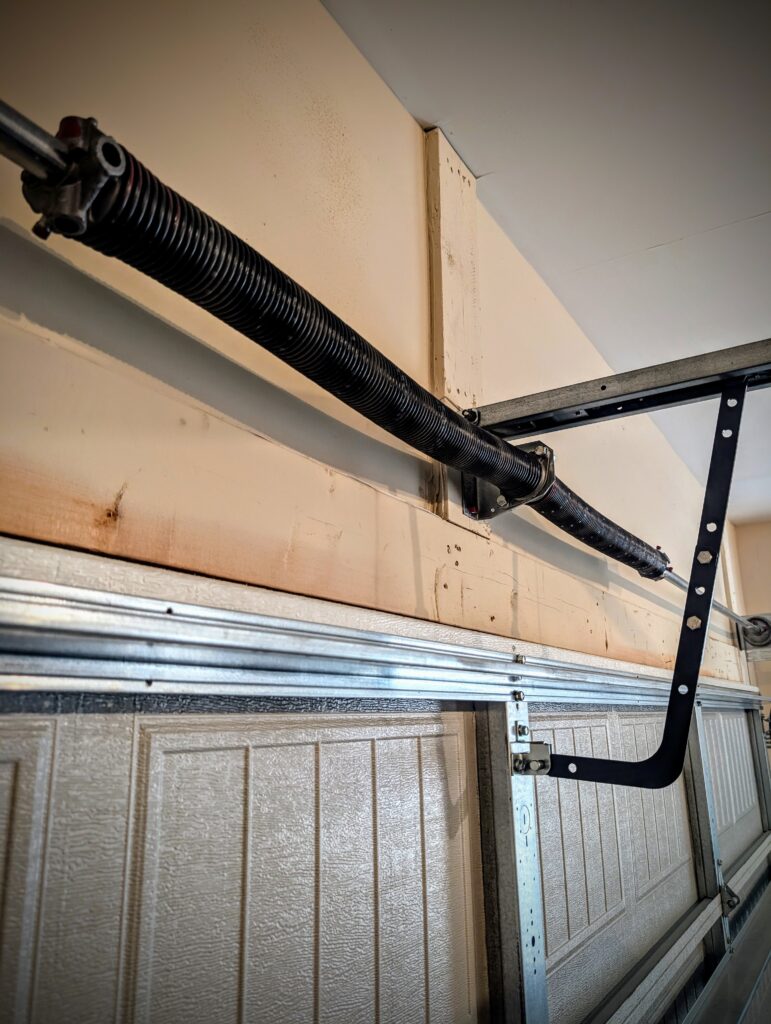Garage Door Spring Replacement
Garage door spring replacement typically ranges from $150 to $350, depending on your specific spring type and door weight. Because these high-tension components can be hazardous, our certified technicians handle the repair to ensure your door is safely balanced and reliable. Most appointments are completed in under 90 minutes and include a full safety inspection, lubrication, and warranty. Contact us today to ask about same-day service availability.
By: Sean Donnelly | Published: March 14, 2025
Find Garage Door Repair Services
Get a fast & free quote | Schedule your service today
Garage door springs are the workhorses of your system, bearing enormous tension every time you open or close your door. But this constant strain takes its toll. Most homeowners don’t think about their springs until they hear that telltale snap—suddenly finding themselves with a stuck car or a dangerously lopsided door.
Understanding spring lifespan and recognizing warning signs can help you avoid these inconvenient and potentially hazardous situations. More importantly, knowing when to call a professional is crucial. Garage door springs operate under extreme pressure, making DIY replacement risky without proper tools and training. A certified technician ensures your new springs are precisely matched to your door’s weight and properly installed for years of safe, reliable operation.
This guide walks you through everything from typical costs and spring types to maintenance strategies that extend component life. Whether you’re dealing with a broken spring emergency or planning preventive replacement, you’ll learn what to expect and how to find qualified professionals for the job.
Signs Your Garage Door Spring Needs Replacing
You’ll often be able to tell whether your springs are weakened or if they’re about to fail. Most warning signs are easy to see when you operate your garage door:
- Labored raising and lowering: If you’ve noticed that your garage doors aren’t operating as smoothly or as quickly as they once had, your springs could be to blame. If your garage doors are manually operated, you might notice that they feel heavier when raising or lowering.
- Gaps in the springs: Functioning springs should be tightly and evenly coiled. If you notice even small gaps between coils, it could be a sign that your springs are compromised or are about to break.
- Door won’t stay open: Your springs apply tension and help to keep your doors in position after opening. A broken spring will not be able to maintain this, and will allow your door to close.
- Unusual noises: Creaking upon opening or closing, or a single loud banging noise can signify a damaged or broken spring.
- Imbalanced door: This is typically an indicator that one of your springs is damaged. Garage pros may often recommend that you have both springs replaced if this is the case.
Expert Advice >>> Signs Your Garage Door Springs Are Broken
Torsion vs Extension Springs – Which One Do You Have?
Garage door springs are mounted above your doors: either to the ceiling or rails, or to the front wall of your garage above the rough opening. Generally, these springs come in two types:
- Extension Springs: Extension springs mount to the garage rafters or rails and extend on either side of your door. Most single doors require two springs, with some double doors equipped with four. These last 7-10 years or 10,000 use cycles.
- Torsion Springs: Torsion springs are most commonly used for double doors, with most of these requiring two springs. These tend to have higher load capacities and longer lifespans, with many models lasting up to 15,000 cycles.
Normal wear and tear cause garage door springs to underperform and eventually break. You’ll need to replace your springs eventually, but regular cleaning, lubrication and maintenance can keep them in operation for longer.
Can I Replace Garage Door Springs Myself?
We will always recommend that you hire a professional to handle this garage door repair for you. If you think you have the expertise and tools needed, we advise you to use gloves and safety glasses, and to exercise caution when applying tension to any spring. High tension springs can break and violently recoil, or can lead to a raised door being dropped at speed. Either can cause injury if you’re in or around your garage.
Aside from a drill, a ladder, vice grips and a hammer, one specialty tool you’ll need for torsion spring installation is a set of winding bars. They aren’t expensive, but buying a new tool for a single at-home repair may turn some homeowners away.
If you’re unsure of your next course of action, get a quote for replacement or repairs from one of our licensed pros.
Garage Door Spring Replacement Process
As with any home repair or maintenance task, the process begins with an initial consultation. During this, your technician will survey your entire door and opening mechanism. Issues with springs are easy to spot, but you may have missed other lingering issues with your tracks, rollers or another component.
If you book with a pro, their first step will be to close your garage door and unplug your electric opening system. This ensures open access to your spring and eliminates accidental openings during the job. After releasing tension and removing the spring, they will install your new spring set and adjust the tension. Finally, they will test the opening and closing mechanism with the new springs in place. They may repeat these last steps as needed.
This can take anywhere from 30 minutes to a couple of hours. If there are any other issues noticed with your garage door, your technicians will take longer on your job. Most licensed pros offer labor warranties with their work, which can save you money in the event of subsequent spring failures.
Choosing the Right Springs for Your Garage Door
You or your garage technician can choose the best spring for the type of garage door on your home by measuring the existing spring. The wire and coil diameter and length are the key measurements for both torsion and extension springs.
Aside from choosing between extension and torsion springs, you’ll be able to pick between galvanized and oil-tempered options. If you live in a wet climate that lends itself to rust on metal components, then a galvanized spring will hold up better long-term. Oil-tempered torsion springs offer quieter operation. They also require less long-term upkeep than the zinc-coated option.
Choosing the proper spring for your garage door repair is important; using the wrong one can lead to damage to your garage structure, doors, mounting hardware and tracks. Unless yours is a basic extension spring, we recommend that you contact a professional for a consultation for all parts of your garage door.
Garage Door Spring Replacement Cost Factors
Garage door spring replacement costs between $200 and $1,000, depending on the types and number of springs required, the size of your door and ease of access to your springs. If you’re opting for DIY installation, the springs themselves often cost between $75 and $150 per pair. Torsion springs. Labor ranges between $75 and $150 per hour as well, depending on the type and scope of the needed repair.
How Long Do Garage Door Springs Last
Most springs have a life span of about 10,000 cycles but can be impacted climate and routine maintenance. If you want to maximize the lifespan of your garage door springs, the following tips can help you to avoid frequently hiring a licensed professional:
- Proper lubrication: Applying a silicon or white lithium lubricant to your springs every three to six months will help to minimize friction and stress on your system while keeping harmful corrosion and rust from building up.
- Regular inspections: If you live in a rainy climate, you should inspect your garage door for damage, rust and operating efficiency every three months. In dryer climates, inspecting them twice per year should suffice.
- Clean tracks and rollers: Keeping your rails or tracks free of debris will minimize strain on your garage door springs, and can keep them operating for their intended lifespan. For most homeowners, these cleanings can be done in conjunction with inspections.
Frequently Asked Questions About Garage Door Spring Replacement
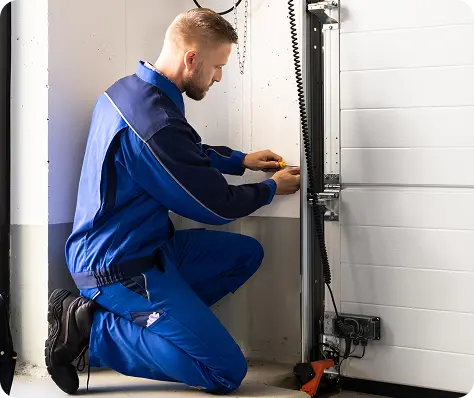
Get Your Free Quote and Schedule Your Garage Repair Today
Find top-rated companies for fast garage repairs and service to make sure your garage door system lasts. Get free quotes from garage door companies in your area.
Tips and Expert Advice for Your Garage
Stay informed with expert advice on garage door maintenance, garage door service, garage door replacement, and upgrades. Explore our blog for guides, troubleshooting tips, and more.


